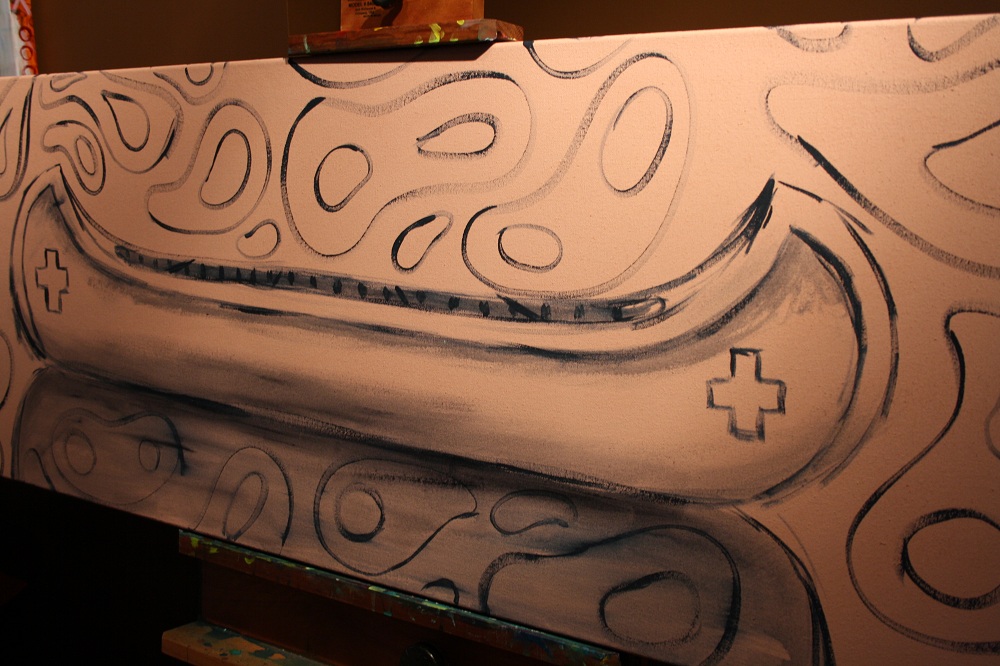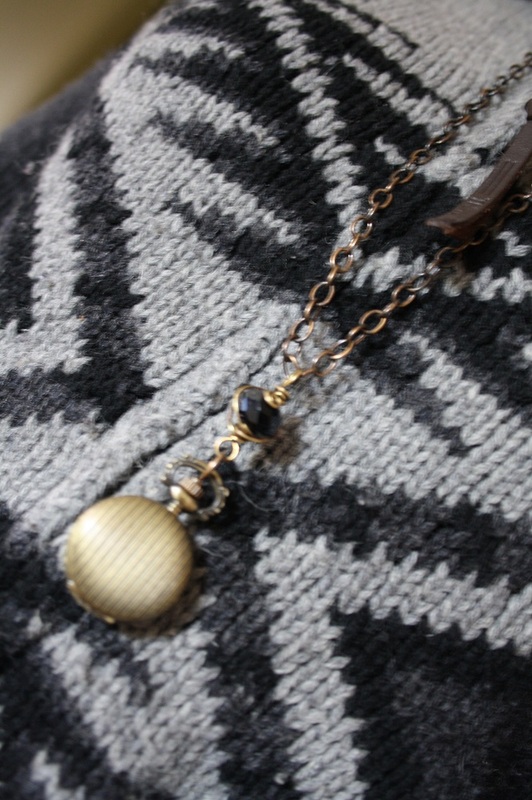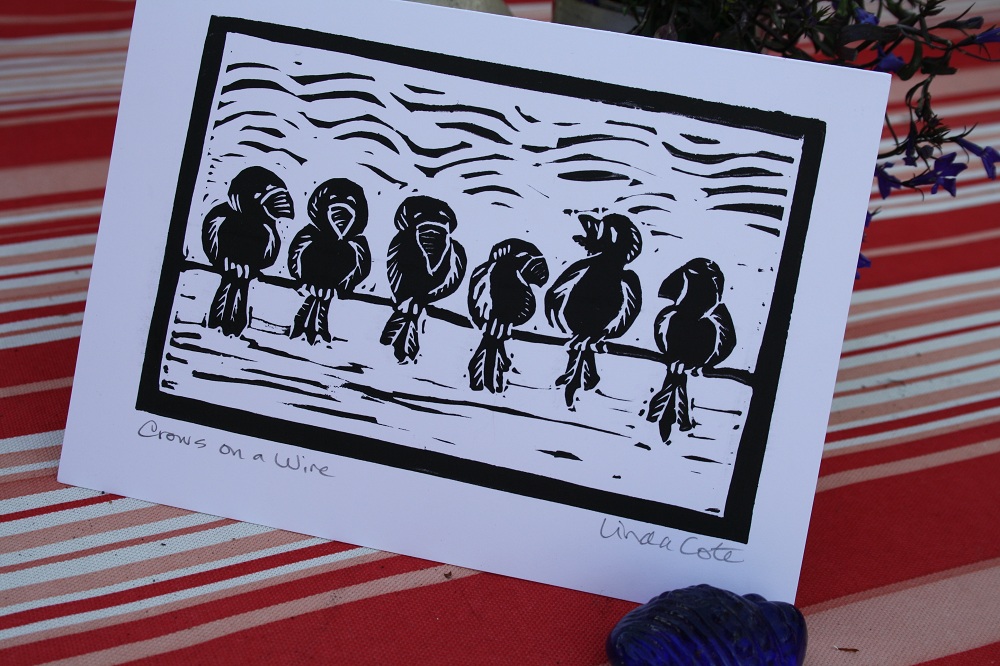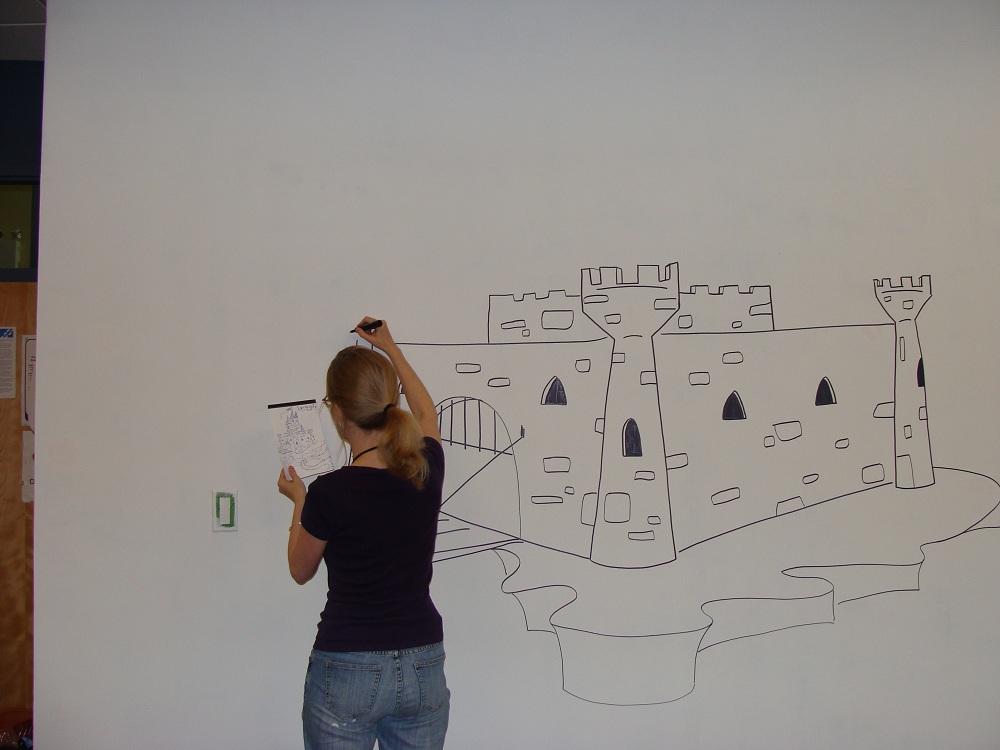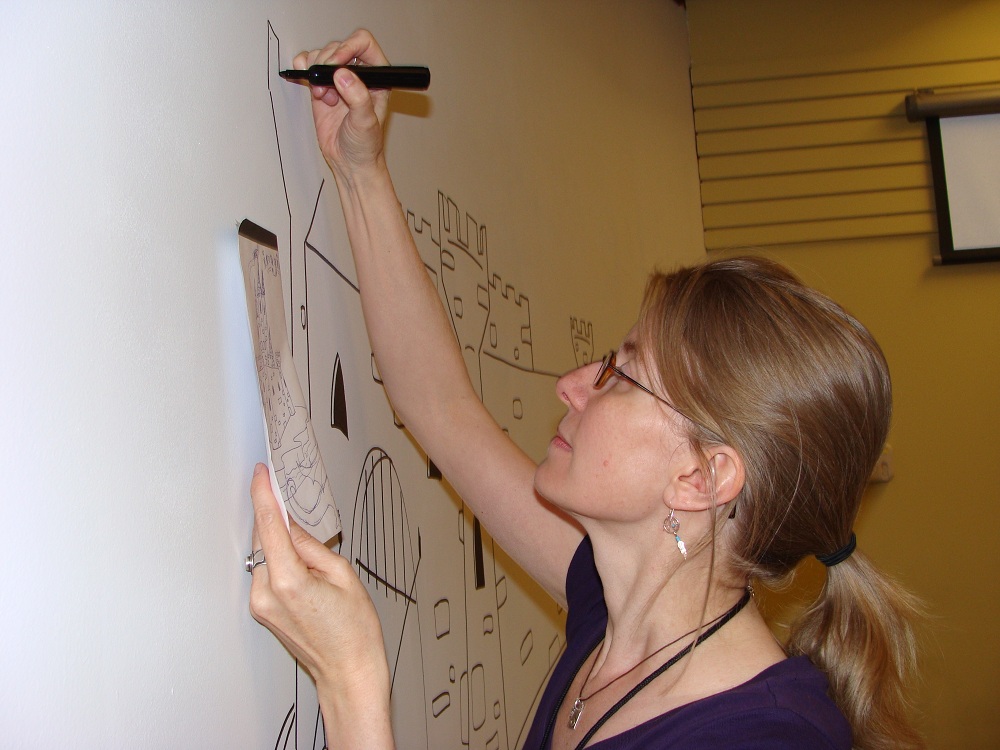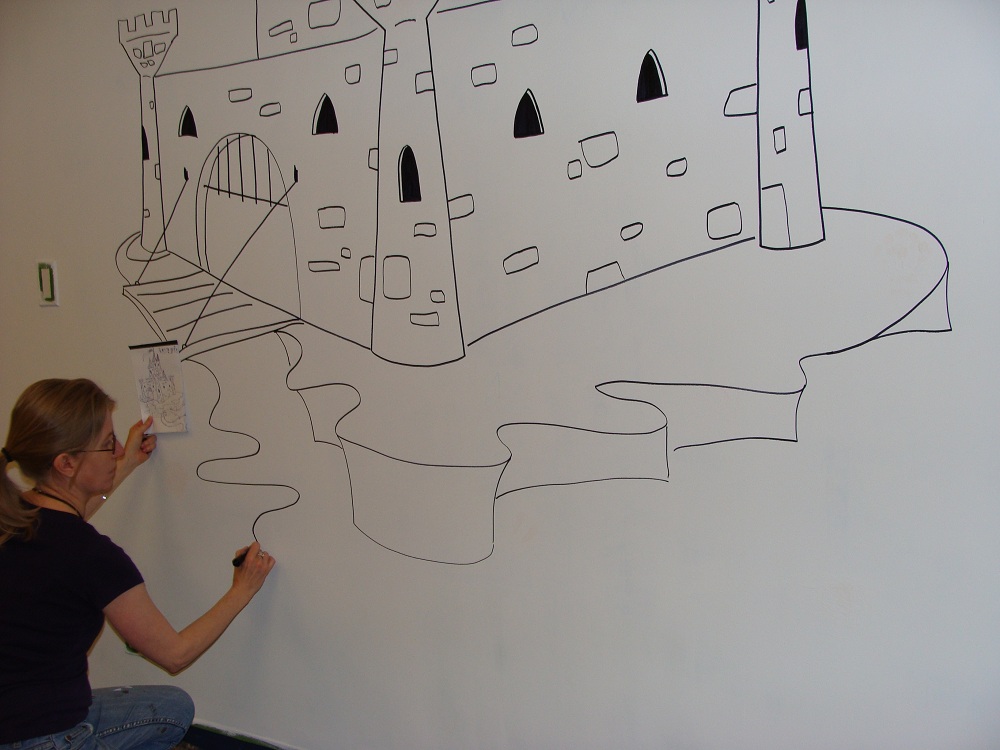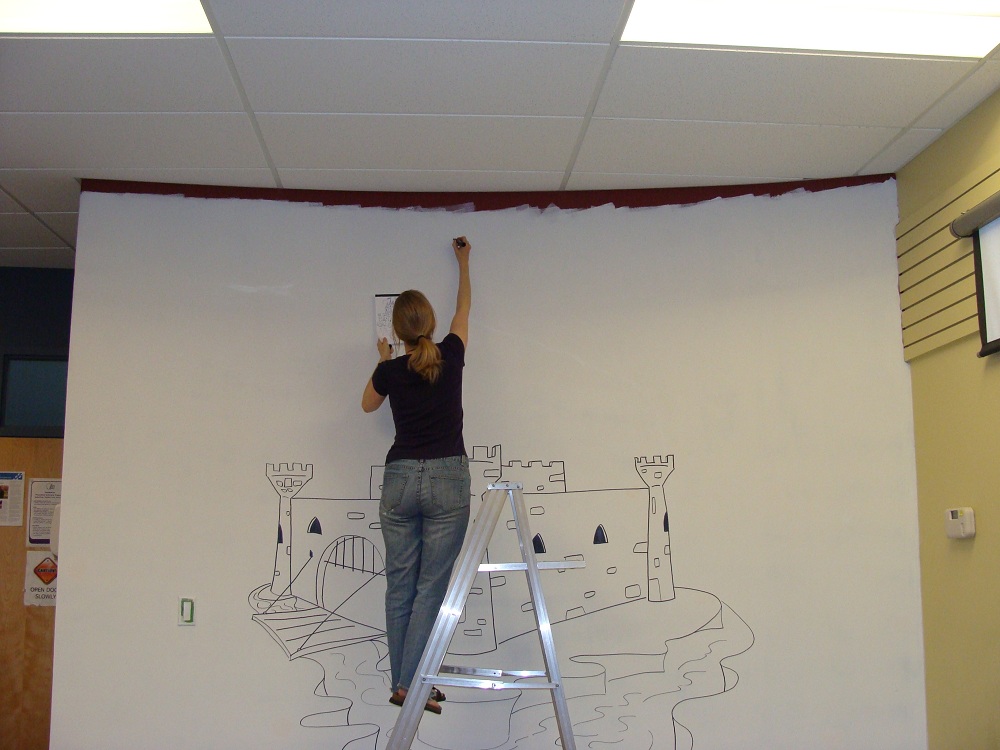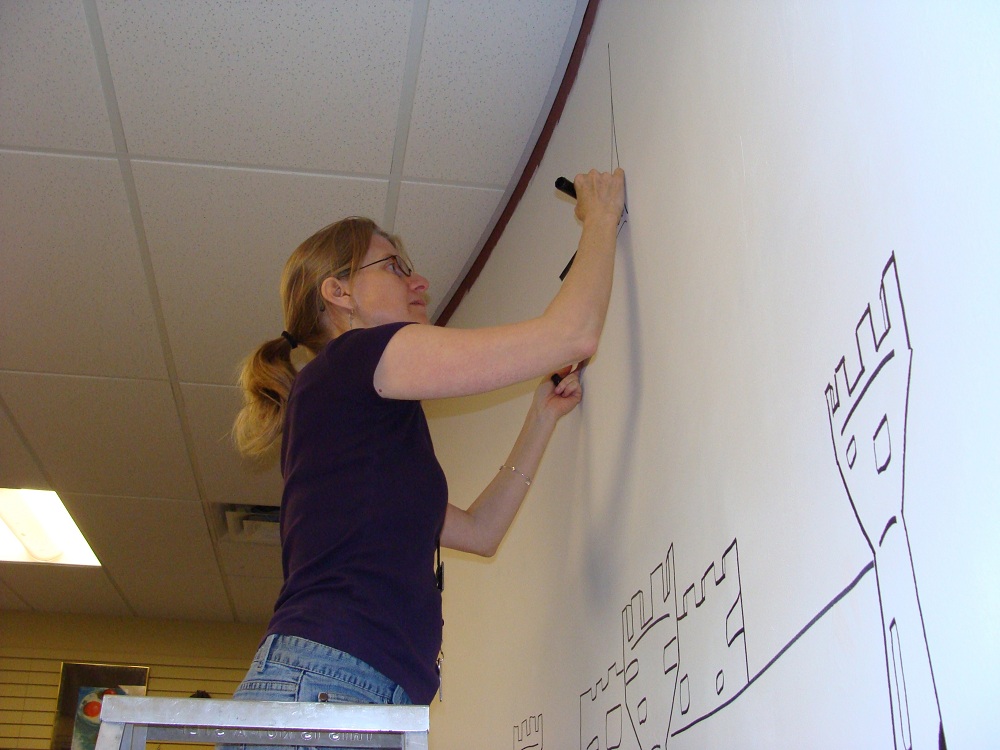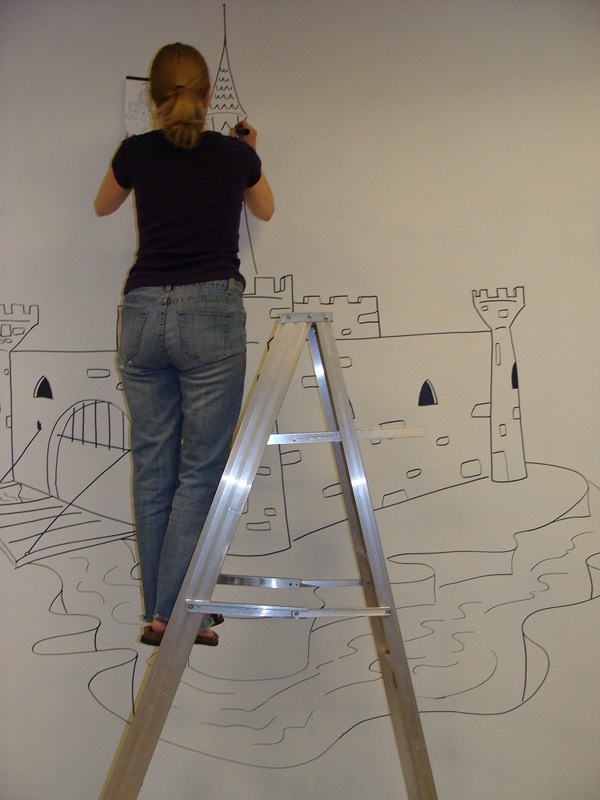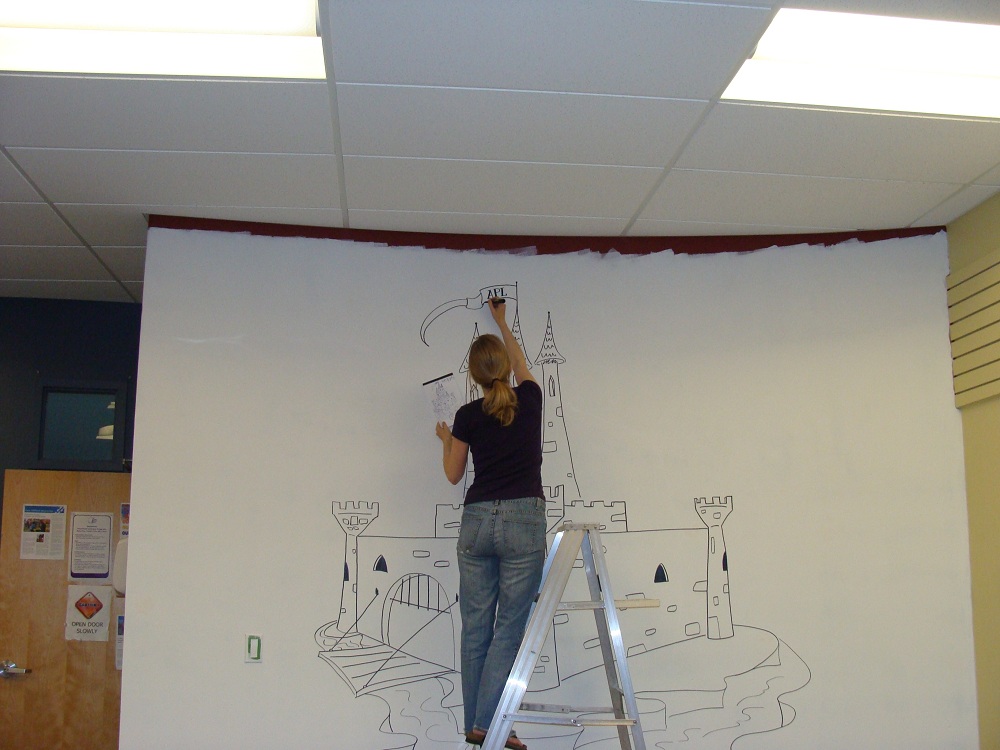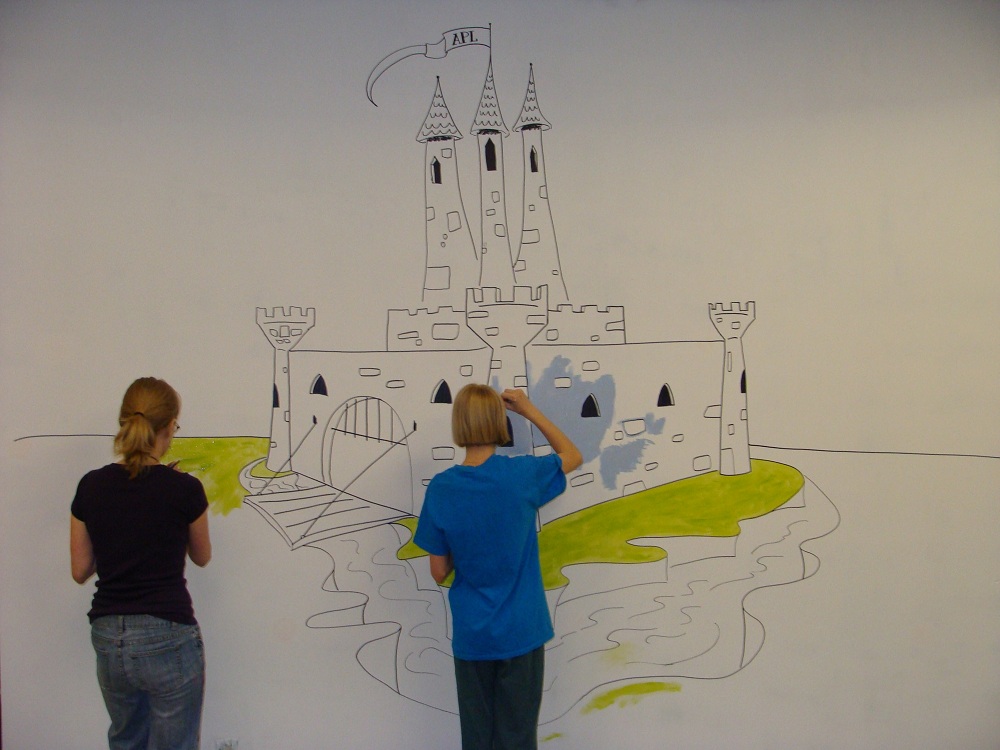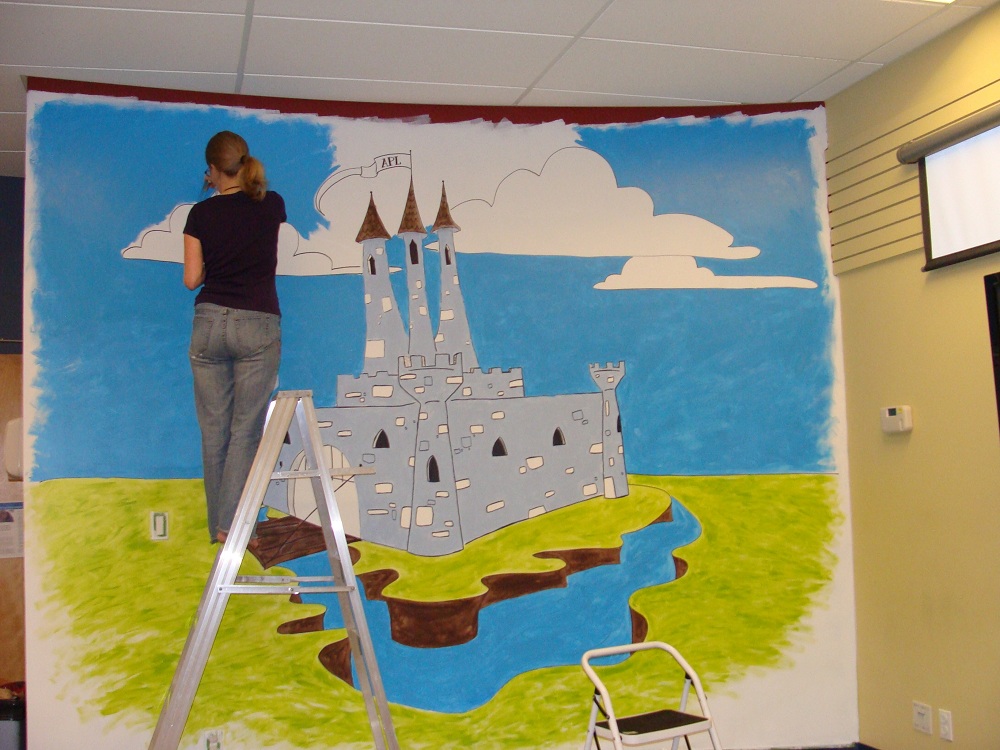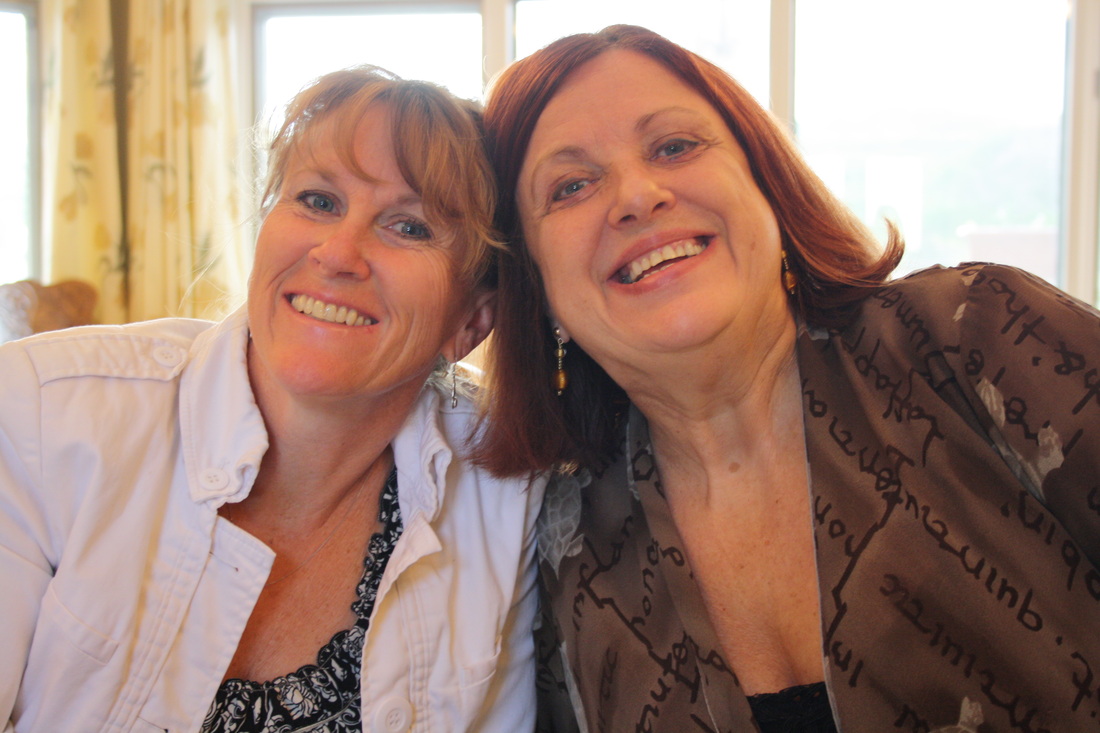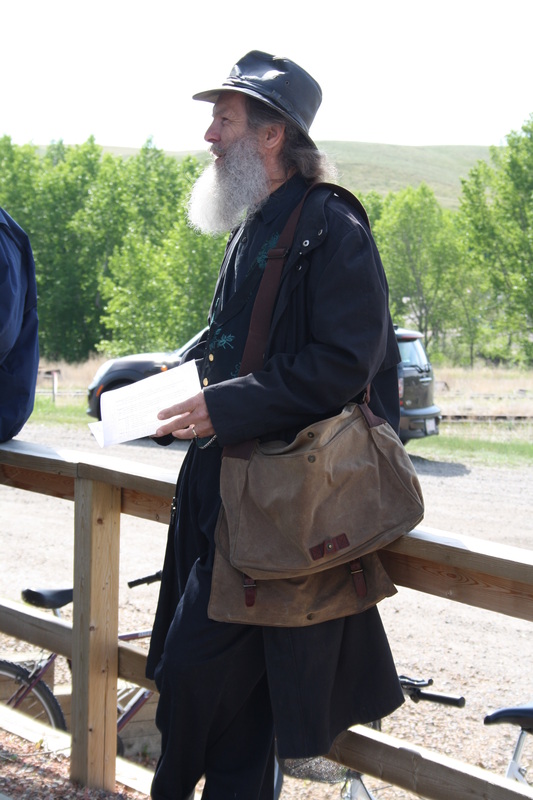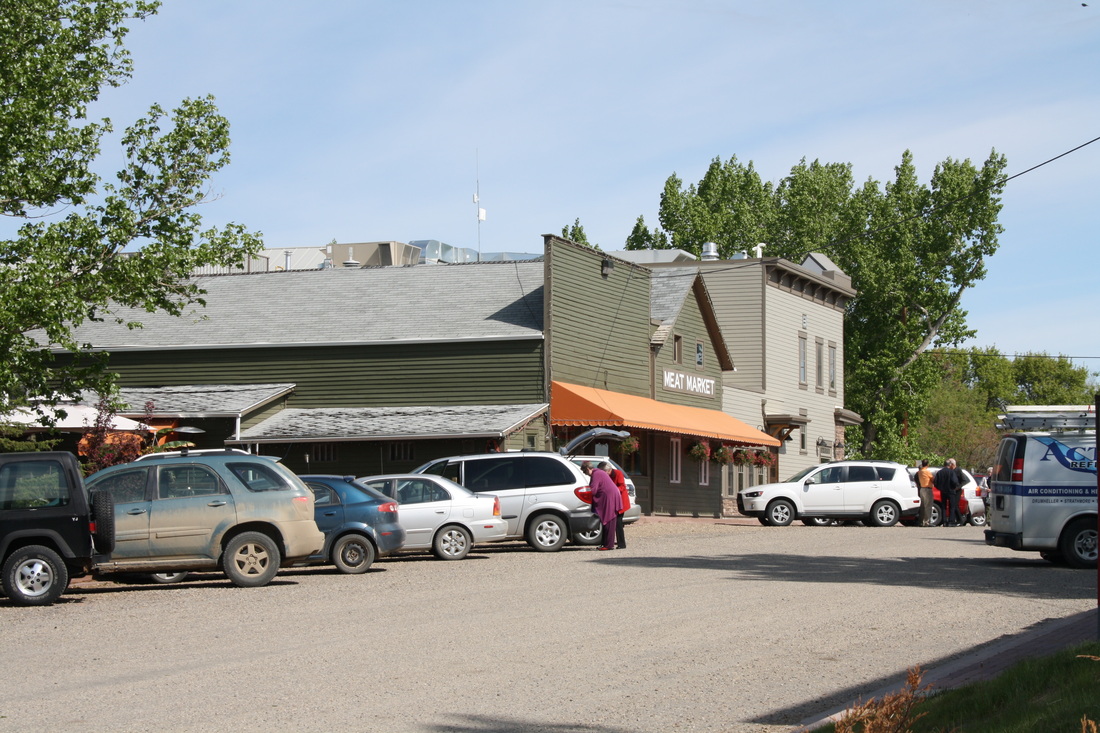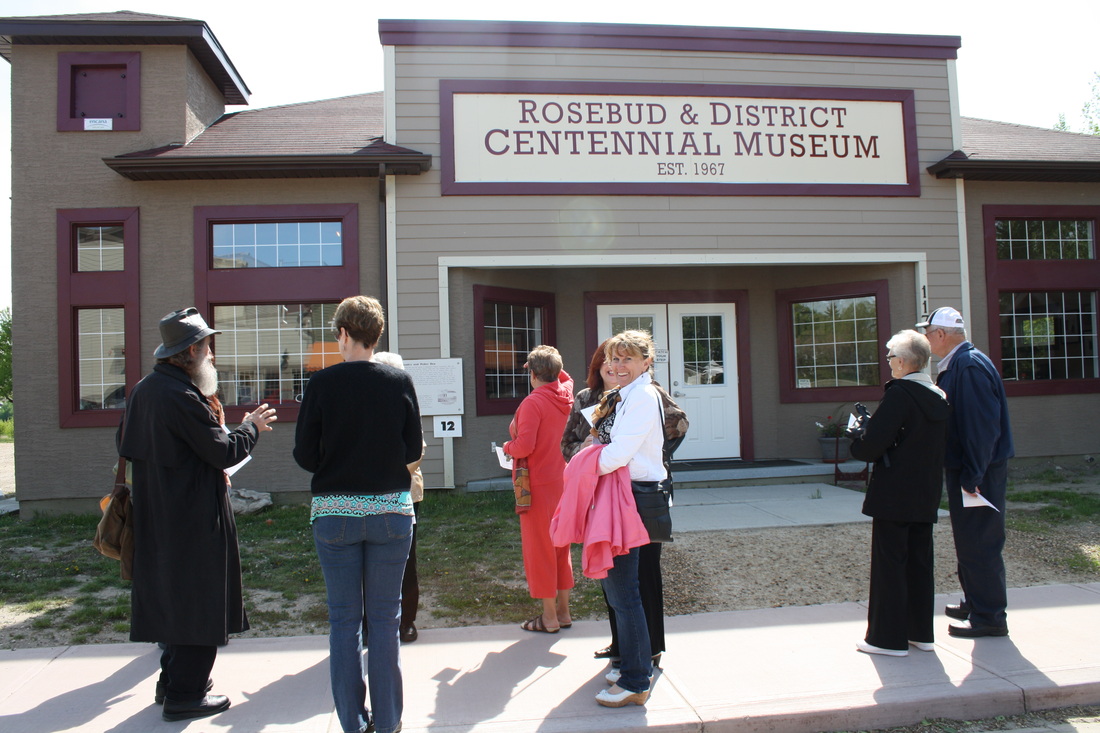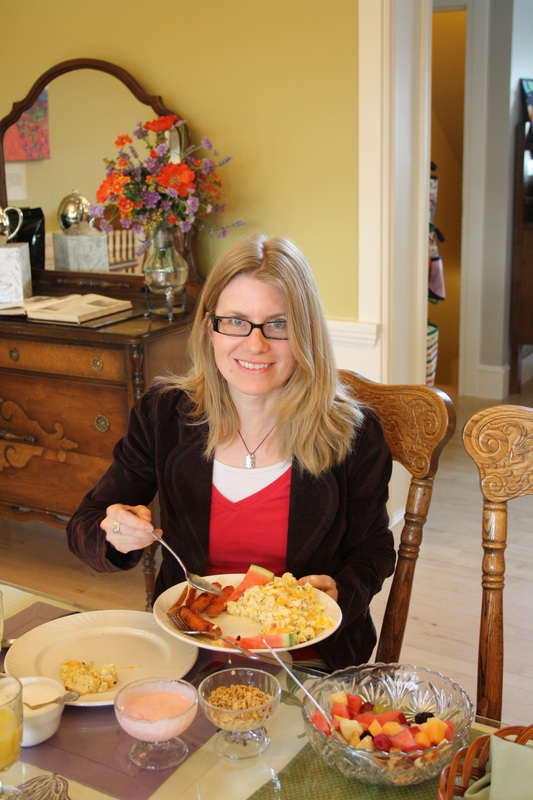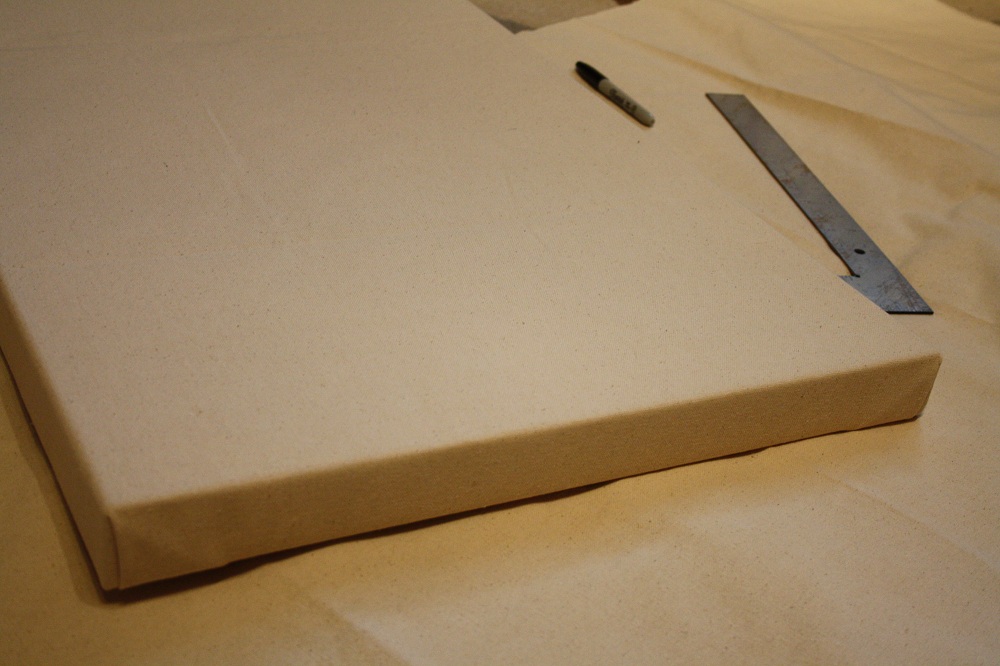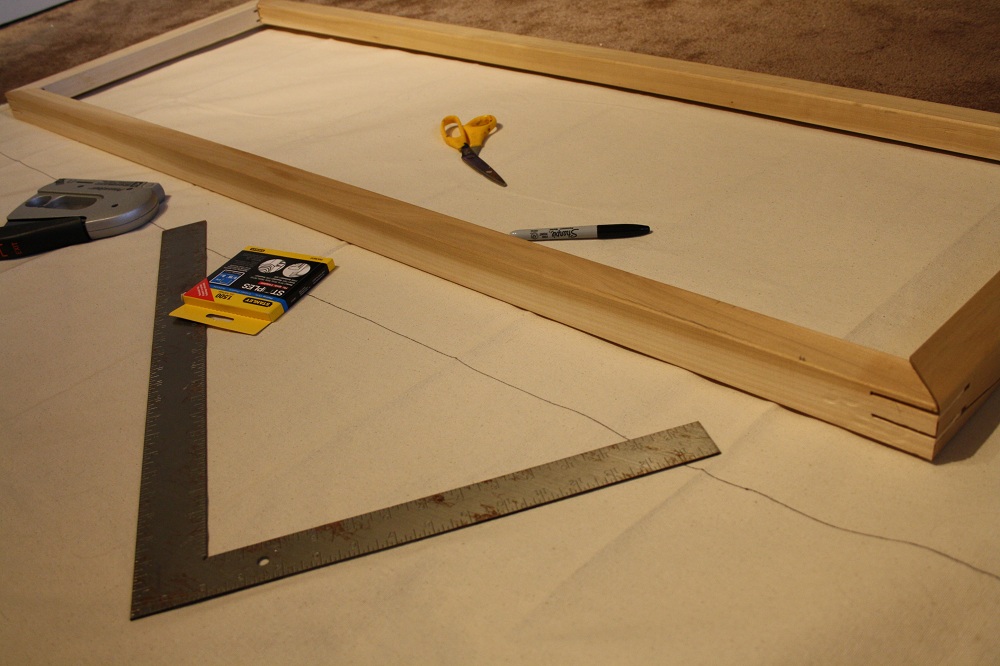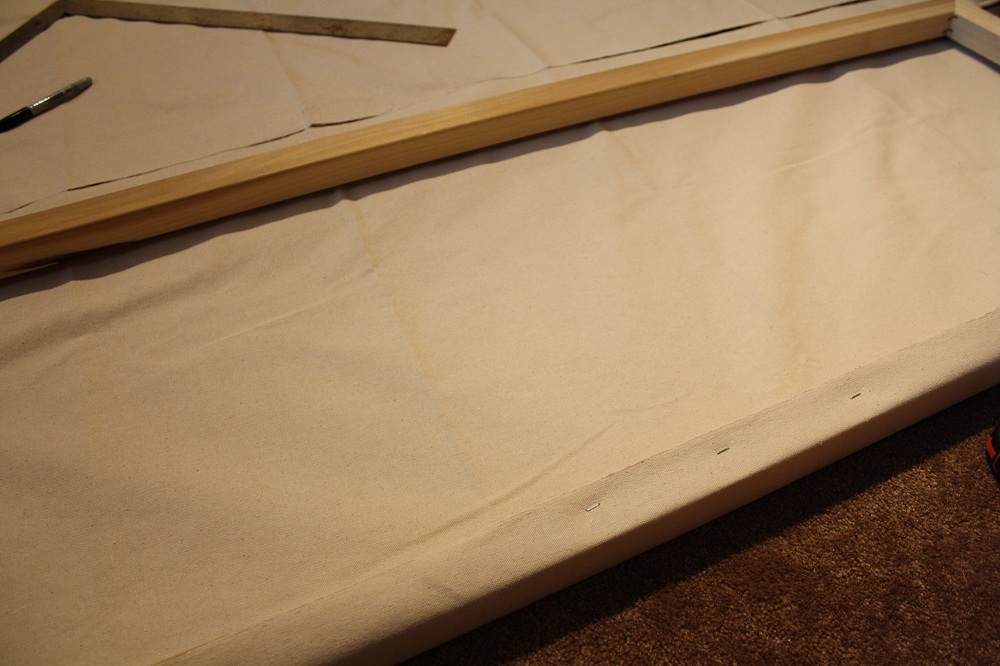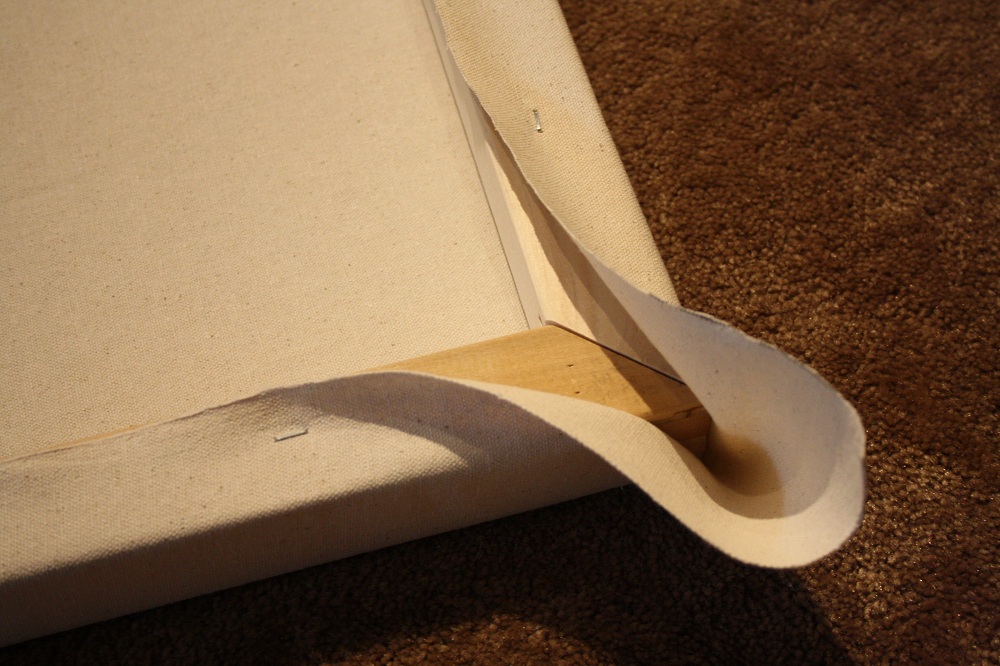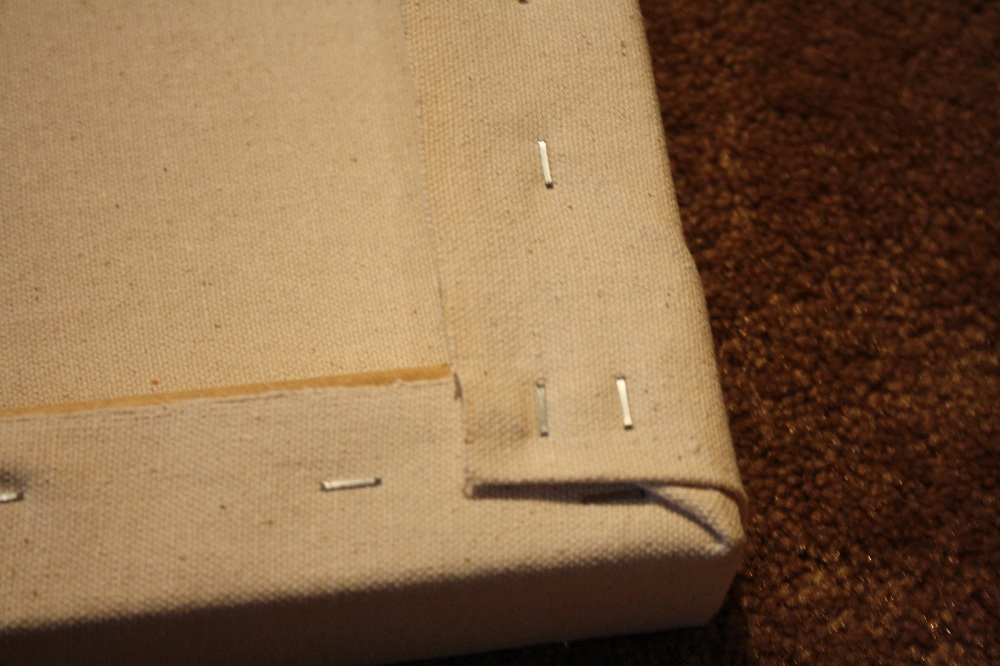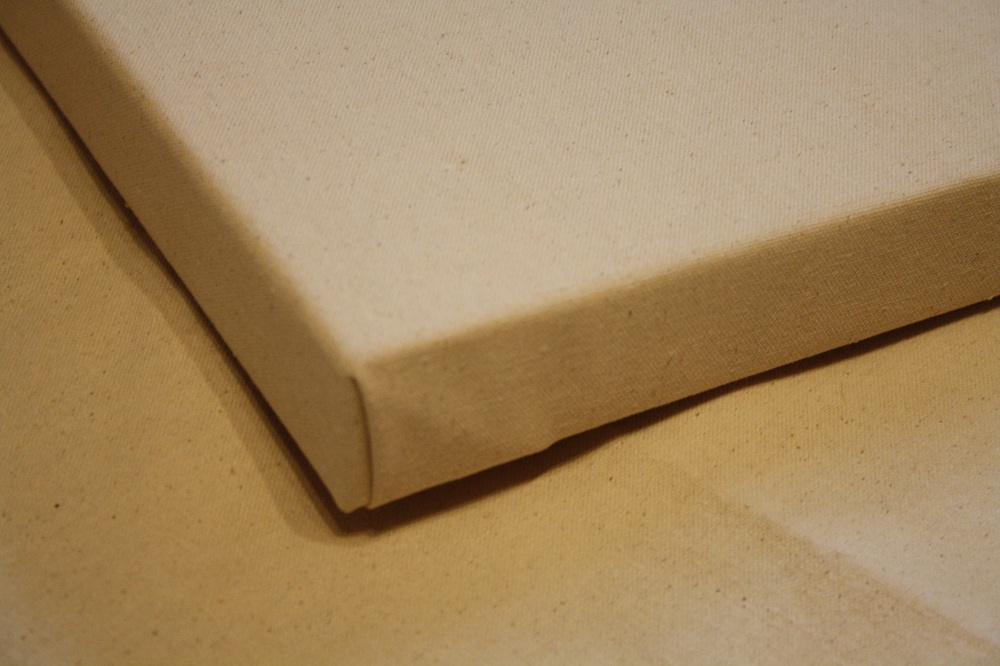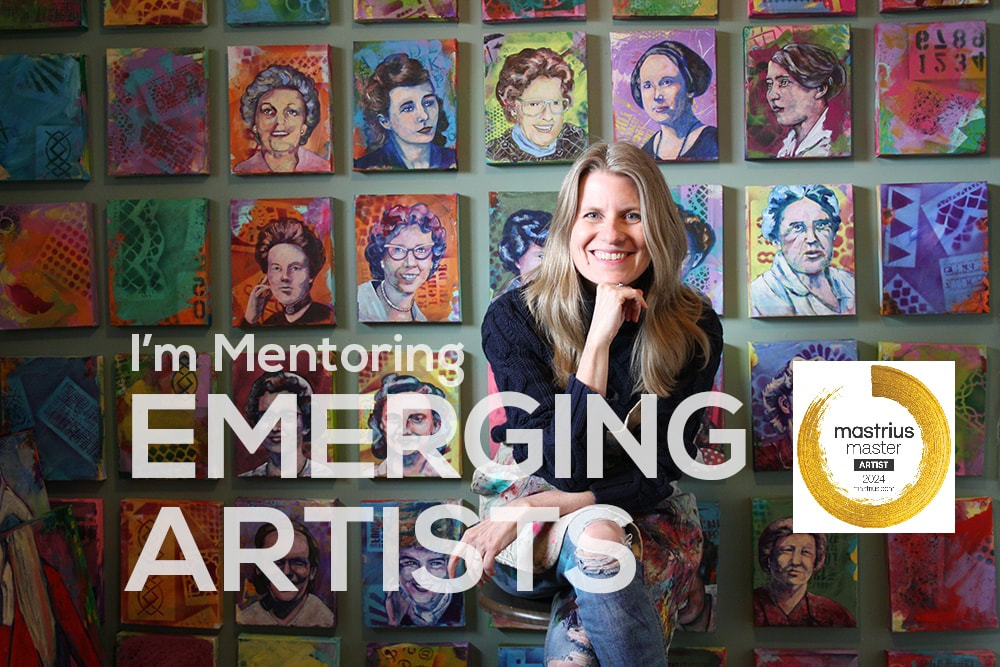|
This is the commission I've been working on which measures 20"x60". The format and canoe style have been a bit of a challenge for me as this patron had seen another piece I had completed a couple of years ago which she had admired and was similar to this but I wanted to create something unique for her.
Sometimes the thumbnail sketches and planning take quite awhile, whether the work is commissioned or not, though I find that once I stretch and gesso a canvas, the process is a little quicker. I tend to be able to envision the image prior to applying it on the canvas and I think it is due to the act of physically seeing the substrate I'll be working on, both it's size and shape, which helps me to decide on the final drawing. I'm glad that I was taught to plan an image by utilizing the entire space instead of needing to crop work - working on paper that's not as big of an issue, unless you have a specific frame shape and size in mind, but working on stretched canvas the composition needs to feel 'right' from the beginning. Years ago I received pivotal guidance from an artist by the name of Audrey Mabee whose work and character I admire immensely. She suggested I sketch directly on canvas, using paint instead of pencils (or charcoal, which I was using at the time), in order to work more intuitively and loosely. Since then, it is my preferred method of working. Though I still like to create thumbnail sketchtes in my journal to plan the composition a bit, including finalizing the perspective I plan to use. I cannot imagine creating a full small painting and then working a larger one from that, as members of the Group of 7 or many professional artists. I always feel I'd loose that initial 'freshness' and that the work would become another job, be labour-intensive, instead of the joy of creation that it is...which is ultimately the reason I paint in any case. I love the joy of creating something that has never been before, often surprising myself in the process. I love the sheer abandon of the act of painting when everything else in my life is quite structured (by choice). And I love it when others react positively to what has been funneled through me as I am only a vessel and for that I am immensely grateful. Today is my 46th birthday and I'm spending most of it by myself, which is a treat actually as my entire family, whom I haven't seen in over a year, will be arriving in Alberta tomorrow evening to spend a few days celebrating my eldest daughter's high school graduation. This morning I'll be getting a temporary henna tattoo on my ankle by a lovely, lovely lady and then I'll spend the rest of the day reading and painting. A perfect day. Though I'm sorry to say I've developed a sensitivity to matcha tea, too much caffeine for my sensitive body, so I'll have to find a new favorite. I feel grateful for so much...
**for two beautiful teenage daughters who still hold my hand **for a husband who has been my grounding place (and who laughs at my terrible jokes) the past 24 years **for a weekend of creativity **for a loving, eccentric, happy extended family **for delicious home-made soup and great art + artists at the Empty Bowls Festival on Saturday **for birthday wishes from friends & family **for a day without rain for a morning walk **for a dining table big enough to share a meal with family & friends **for words of wisdom through the Soul*Full Summit (I'll share more about that at the end of the month) **for my community filled with happy people **for changing seasons (even wet, cloudy ones) **for 46 interesting, challenging, fulfilling years "For thousands of years, much of humankind has believed
that only special places are infused with the sacred and that you must get away from the everyday in order to find it. Not so, everything is infused with the holy - from chairs to clothing to kitchen stoves." ~ Anthony Lawlor Awhile ago an artist was creating a video and asked a number of different women for a photo of themselves with a word or phrase that meant something to them. Her focus was empowerment and speaking of things to let go, such as fear, in order to move forward. I decided I wanted mine to be positive, a reflection of where I feel I've begun to see growth in my own life. Growing up I was painfully shy and was absolutely grateful for the group of girls that allowed me to speak and be fully myself. But otherwise, I didn't feel my contribution mattered - in fact, it felt as though as what I had to say was silly, non-consequential, almost a stain on any conversation. As an adult, with my paintings and writing being exhibited and published more frequently and also being asked to speak publicly more often, I am realizing that my voice does matter. That each one of us needs to share our 'song'. That without allowing everyone a chance for expression, we are missing a vital part of this wonderful journey in this world. Like Martha Graham once said, there is a life-force that runs through each and every one of us, and if we don't express it, the world will lose it. And what a shame that would be.
I am so blessed to have met the most wonderful people because of my creative life - and one of them is a lovely lady by the name of Susan who happens to live a province away and whom I am thankful to have had the pleasure of meeting. I don't know if I've mentioned this before, but for a number of years I've been considering investing in printmaking tools as I have missed the physical act of carving an image and, as usual, have been doing much research about it with catalogues and books about the subject. My preference is lino block printing, particularly working with black ink for simplicity and a more historical feel. This past winter I saw framed prints as well as framed carving blocks (LOVED them!) while we were in Banff created by an artist from Canmore - her name is Linda Cote. I loved the images she chose to portray and her method of her work as I enjoy seeing the carving marks on an image, almost vintage in appearance. After seeing the Margaret Shelton exhibit last week and admiring her work, I decided to send Linda an email as her work is slightly reminiscent of the prints I saw at the Collectors' Gallery in Inglewood. Later in the day, I checked the mail and, lo and behold, there was a birthday card from Susan, created by Linda, with my favorite subject - crows. I was so happily surprised - thank you so much Susan not only for the card and sentiments but for selecting something that means so much to me...and thank you Linda for your creativity. What a special treat.
Back in my art school days one of my favorite tasks was stretching canvas. I loved the smell of the wood shop, it reminded me of home, and the physical activity of getting down and stretching the canvas. We also made our own gesso (canvas primer), though I've long forgotten the recipe and would love to do so again. After college, I used to stretch my own canvases all the time and enjoyed doing it - I felt even more connected to the work because I did it all myself. Though I no longer cut the stretcher bars for the frame, I still like to stretch my own canvases on occasion which comes in handy, especially when I have a commission for an unusual size. I prefer using 10 oz raw canvas and stretching with my fingers instead of using canvas pliers as I like a little give in the canvas while I paint and I find that once I gesso it, the canvas does pull tighter to the frame. NOTE: If you have a stretched canvas, even one that's been painted on, and it loosens or bulges you may be able to tighten it by spraying the back of the canvas with water and allowing it to dry. There are also sprays available on the market made specifically for this (ie. Tight'N'Up Canvas Re-Tensioner). STEP 1: Measure up the sides and the back of the stretcher bars. In this case, the I'm using a gallery-depth frame where the bars are 2 inches square so I measured and added 4 inches all around the canvas so that the canvas I cut measured 8 inches wider and longer than the actual size of the prepared stretcher bars. Mark your measurements and cut out the canvas. I like to use a framing square to create sharper corners and its weight also holds down the canvas while I mark my measurements. Both the canvas and stretcher bars are available at most art supply stores. STEP 2: Center the stretcher bars on the canvas and begin by placing three staples on the center of the longest edge of your frame beginning in the middle and moving out from there. On the opposite side pull the canvas taught and place three more staples along that edge. Keep an eye on the entire canvas as you stretch and staple to avoid adding any wrinkles. If you are stretching to a smaller frame, place your staples closer together. STEP 3: Repeat on the other two shorter sides. Continue stapling in this fashion, adding a few staples on the longest sides and then a couple on the two shorter sides. In this case, because two of the sides were quite a bit longer I placed two staples to the right and two to the left of the initial staples, while on the shorter sides I only placed one staple to each side of the initial staples. STEP 4: Continue adding a staple rotating the sides of the canvas until you are approximately 2-4 inches from the corners depending on the size of your frame. STEP 5: The corners are where people tend to get a bit confused but they really are quite simple once you know the technique. I tend to do all the corners at once so that I make sure the folds are all facing the same direction. I pull the canvas taught along the longest edge of the frame and secure it well with two staples and then place a third vertically along the edge of the frame. STEP 6: I then pull the canvas diagonally from the corner of the frame and across the secured staples and place another staple to hold that edge. Be sure to pull your canvas very tight. STEP 7: Finally, I pull the remainder of the canvas over the frame and secure it well with two more staples. FINISHED: I hope this encourages you to try stretching your own canvases.
|
|
